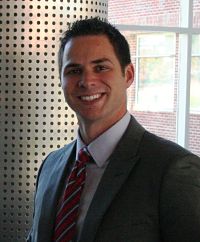Economic Survival is Daily Struggle for 35 Percent of State Households, Report Reveals
/For more than a generation, the federal poverty level has been the threshold driving policy conversations about the working poor nationwide. Now, led by United Way agencies in six states including Connecticut, the income level below which working families cannot make ends meet is being redefined. The result reveals what is described as a more realistic income threshold that is three times higher than the traditional poverty level. And that means more than one-third of Connecticut’s population (35 percent) is facing very real, daily financial hardship, struggling to make financial ends meet.
The numbers have been hiding in plain sight, official say. The first-of-its-kind report documents that the number of Connecticu t households unable to afford all of life’s basic necessities far exceeds the official federal poverty statistics. United Way calls this newly revealed demographic ALICE, an acronym for Asset Limited, Income Constrained, Employed.
t households unable to afford all of life’s basic necessities far exceeds the official federal poverty statistics. United Way calls this newly revealed demographic ALICE, an acronym for Asset Limited, Income Constrained, Employed.
Statewide, there are nearly half a million households (474,445) unable to pay for the costs of basic household needs in Connecticut, according to the study.
Every city and town in Connecticut has ALICE households. More than two-thirds of Connecticut's cities and towns have at least 1 in 5 households that fit the ALICE definition for financial hardship. In four of Connecticut’s six largest cities – New Haven, Bridgeport, Hartford, and Waterbury – more than 50 percent of households have income below the ALICE threshold.
Even with one of the country's highest median hourly wages, 51 percent of all jobs in Connecticut pay less than $20/hour ($40,000/year if full-time). The average annual income needed by a family of four (2-adults with 1-infant and 1-pre-K child) in order to survive in Connecticut is $64,889. This is more th an double the official U.S. poverty level.
an double the official U.S. poverty level.
Connecticut has joined with five other states (California, Florida, Indiana, Michigan, and New Jersey) to release statewide ALICE Reports in 2014. The Connecticut ALICE Report is sponsored by the sixteen Connecticut United Ways. The original ALICE project was undertaken in New Jersey in 2009. The reports are researched and coordinated by Rutgers University-Newark’s School of Public Affairs and Administration.
There are 35 municipalities in Connecticut with more than one quarter of their population under the ALICE threshold – struggling to pay for basic needs such as housing, healthcare, childcare, transportation and education. They include the cities of Hartford, New Britain, New London, New Haven, Waterbury, Bridgeport, as well as communities including Windham, Ansonia, Norwich, North Canaan, West Haven, East Hartford, Putnam, Meriden, Killingly Torrington, Derby, Canaan, Naugatuck, Vernon and Groton. Also among the 35 communities are Bristol, Winchester, Griswold, Sprague, East Haven, Middletown, Manchester, Thompson, Windsor Locks, Westbrook, Hamden, Plainfield, Canterbury and Southbury.
The ALICE threshold and report places a spotlight on a “large population of hardworking residents who work hard, but still struggle to make ends meet,” the report points out. “For some, this means not being able to save for their family's future or to weather an emergency without falling into poverty.”
The 129-page report is the most comprehensive depiction of financial need in the state to date, using data from a variety of sources, including the U.S. Census and the American Community Survey. The Report unveils new tools based on income levels and expenses, that quantify the number of households in Connecticut's workforce that are struggling financially. And the ALICE Report also seeks to analyze in more detail why many working families continue to struggle.
A total of 332,817 Connecticut households fall into what the study describes as the ALICE population. These are households earning more than the official U.S. poverty level, but less than the basic cost of living.
Noting that “the cost of basic housing, child care, transportation, food, and health care in Connecticut increased by 13 percent during this 5-year period,” the report points out that “there are serious consequences for both ALICE households and their communities when these households cannot afford the basic necessities. ALICE households are forced to make difficult choices such as forgoing preventative health care, accredited child care, healthy food, or car insurance. These “savings” threaten their health, safety, and future – and they reduce Connecticut’s economic productivity and raise insurance premiums and taxes for everyone. The costs are high for both ALICE households and the wider community.”
Among the key areas of concern highlighted in the report is housing. “The cost of housing is especially high in Connecticut, and the units that are affordable to ALICE households are often far from jobs or older and in disrepair,” the report explained. “Structural changes that make quality affordable housing more available would ease the housing burden on many Connecticut families.”


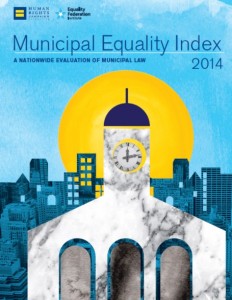
 with the Equality Federation, provide “a revealing snapshot of LGBT equality in municipalities of varying sizes, and from every state in the nation,” the report noted.
with the Equality Federation, provide “a revealing snapshot of LGBT equality in municipalities of varying sizes, and from every state in the nation,” the report noted.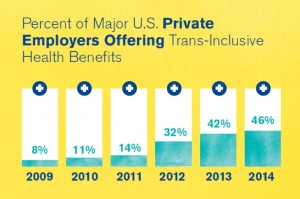 tive state laws.
tive state laws.


 This past Saturday, the Huskies football team played Army at Yankee Stadium – the
This past Saturday, the Huskies football team played Army at Yankee Stadium – the 



 epartment of State. He also writes foreign policy columns for the Boston Globe and Global Post and is a noted lecturer on U.S. foreign policy.
epartment of State. He also writes foreign policy columns for the Boston Globe and Global Post and is a noted lecturer on U.S. foreign policy. nt George H.W. Bush to the National Security Council, a post he held until 1995, bridging the administrations of Bush and President Bill Clinton.
nt George H.W. Bush to the National Security Council, a post he held until 1995, bridging the administrations of Bush and President Bill Clinton.
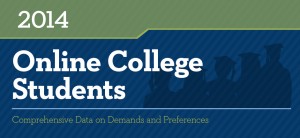
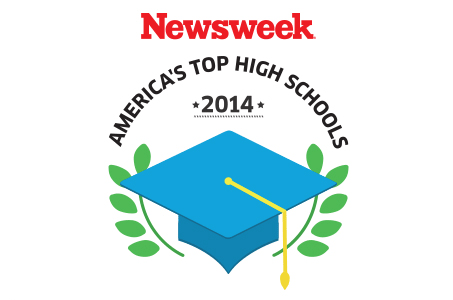



 ut.
ut.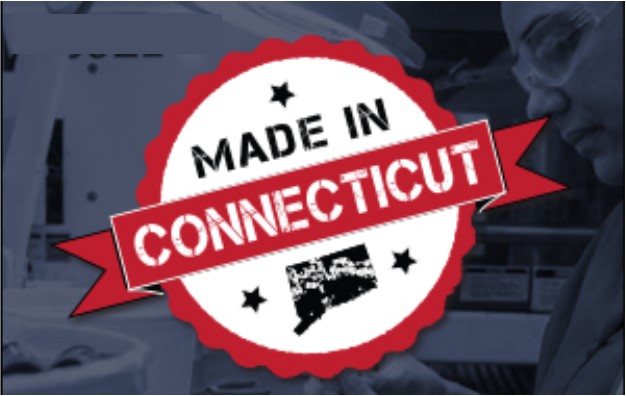

![5th-tristate-weather-conference-final[1]](http://static1.squarespace.com/static/5c981f3d0fb4450001fdde5d/5c9d7eea87da80ed9fa8b24c/5c9d80f187da80ed9fa935fd/1553826033515/5th-tristate-weather-conference-final1.jpg?format=original)
 Connecticut First Alert Weather Team in December 2005 and currently serves as the weekend evening meteorologist and as a general assignment reporter on weekdays. His
Connecticut First Alert Weather Team in December 2005 and currently serves as the weekend evening meteorologist and as a general assignment reporter on weekdays. His 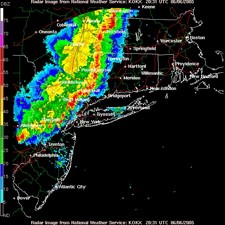 Dr. Jason Tuelll, Director, Eastern Region NWS, Bohemia, NY
Dr. Jason Tuelll, Director, Eastern Region NWS, Bohemia, NY